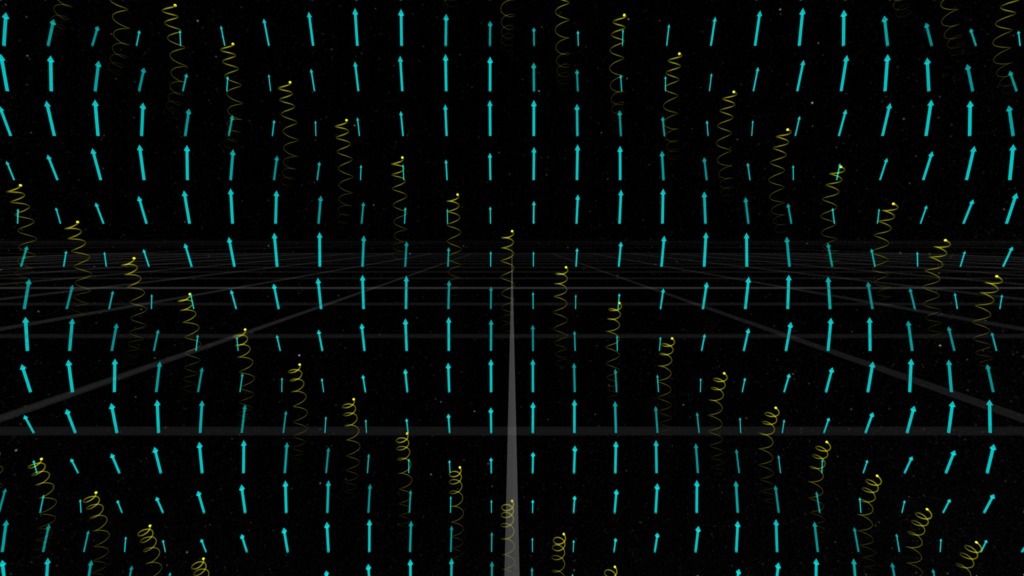MMS First Results
This short video outlines the MMS mission and its first results. Since it launched, MMS has made more than 4,000 trips through the magnetic boundaries around Earth, each time gathering information about the way the magnetic fields and particles move. A surprising result was that at the moment of interconnection between the sun’s magnetic field lines and those of Earth the crescents turned abruptly so that the electrons flowed along the field lines. By watching these electron tracers, MMS made the first observation of the predicted breaking and interconnection of magnetic fields in space.
Credit: NASA/GSFC
Watch this video on the NASA Goddard YouTube channel.
Like sending sensors up into a hurricane, NASA has flown four spacecraft through an invisible maelstrom in space, called magnetic reconnection. Magnetic reconnection is one of the prime drivers of space radiation and so it is a key factor in the quest to learn more about our space environment and protect our spacecraft and astronauts as we explore farther and farther from Earth.
A new paper printed on May 12 in Science, provides the first observations from inside a magnetic reconnection event. The research shows that magnetic reconnection is dominated by the electrons in space and the physics that drives them – thus providing the first ever information for what powers this fundamental process in nature.
The effects of this sudden release of particles and energy – such as giant eruptions on the sun, the aurora, radiation storms in near-Earth space, high energy cosmic particles that come from other galaxies -- have been observed throughout the solar system and beyond. But we have never been able to witness this phenomenon of magnetic reconnection directly. Satellites have observed tantalizing glances of particles speeding by, but not the impetus -- like seeing the debris flung out from a tornado, but never seeing the storm itself.
MMS is made of four identical spacecraft that launched in March 2015. They fly in a pyramid formation to create a full 3-dimensional map of any phenomena it observes. On October 16, 2015, the spacecraft traveled straight through a magnetic reconnection event at the boundary where Earth’s magnetic field bumps up against the sun’s magnetic field.

Artist depiction of the MMS spacecraft.
Credit: NASA/GSFC
Space is a better vacuum than any we can create on Earth, but it's nonetheless bustling with activity. It overflows with energy, particles and a complex system of magnetic field lines. This animation shows the busy-ness of near-Earth space, where the magnetic environment around Earth can trap electrons and charged particles.
Animation depicting magnetic reconnection, when magnetic field lines connect and disconnect, explosively transferring energy.
Credit: NASA/GSFC
This numerical simulation represents the event observed with MMS. It shows magnetic field lines in black with the background color denoting the electric current density directed out of the plane. Red regions have stronger electric currents. The breaking of magnetic fields in these high current regions is magnetic reconnection. In the event observed by MMS, Earth would be to the left and the Sun would be far to the right. The spacecraft crossed through the region where reconnection occurs in the vertical direction.
The movie is courtesy of Paul Cassak, Department of Physics and Astronomy, West Virginia University, with input from Tai Phan (Berkeley), Jim Burch (SwRI), and Jerry Goldstein (SwRI). The movie was made using computational resources from the National Energy Research Scientific Computing (NERSC) Center, a Department of Energy user facility.

This infographic describes some of the places throughout the universe where magnetic reconnection appears.
Credit: NASA/GSFC
Credits
Please give credit for this item to:
NASA's Goddard Space Flight Center
-
Producer
- Genna Duberstein (USRA)
-
Editor
- Genna Duberstein (USRA)
-
Animators
- Walt Feimer (HTSI)
- Brian Monroe (USRA)
-
Data visualizer
- Tom Bridgman (Global Science and Technology, Inc.)
-
Scientists
- Paul Cassak (West Virginia University)
- Jim Burch (SwRI)
-
Writer
- Karen Fox (ADNET Systems, Inc.)
Release date
This page was originally published on Thursday, May 12, 2016.
This page was last updated on Monday, January 6, 2025 at 1:31 AM EST.
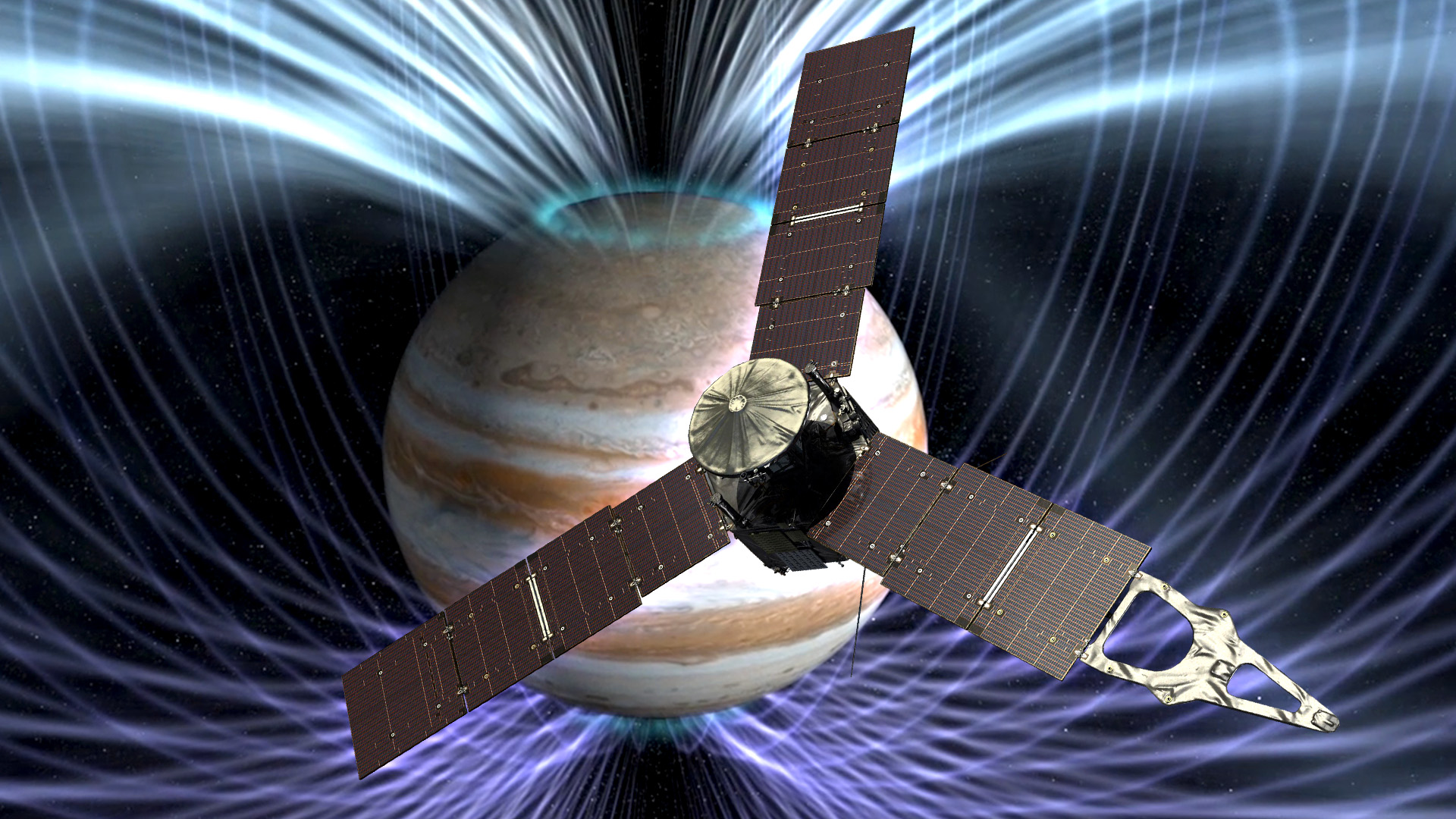
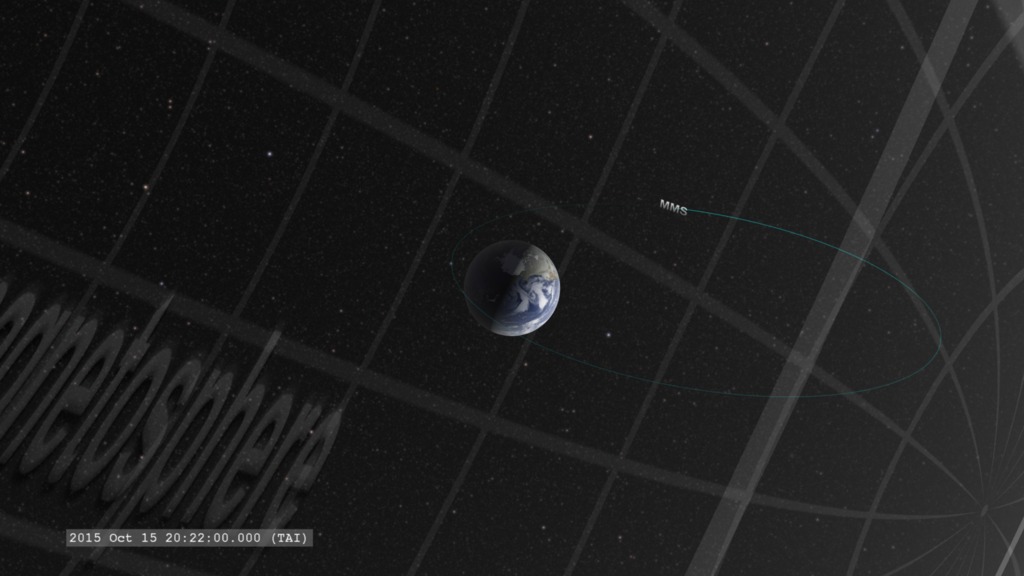
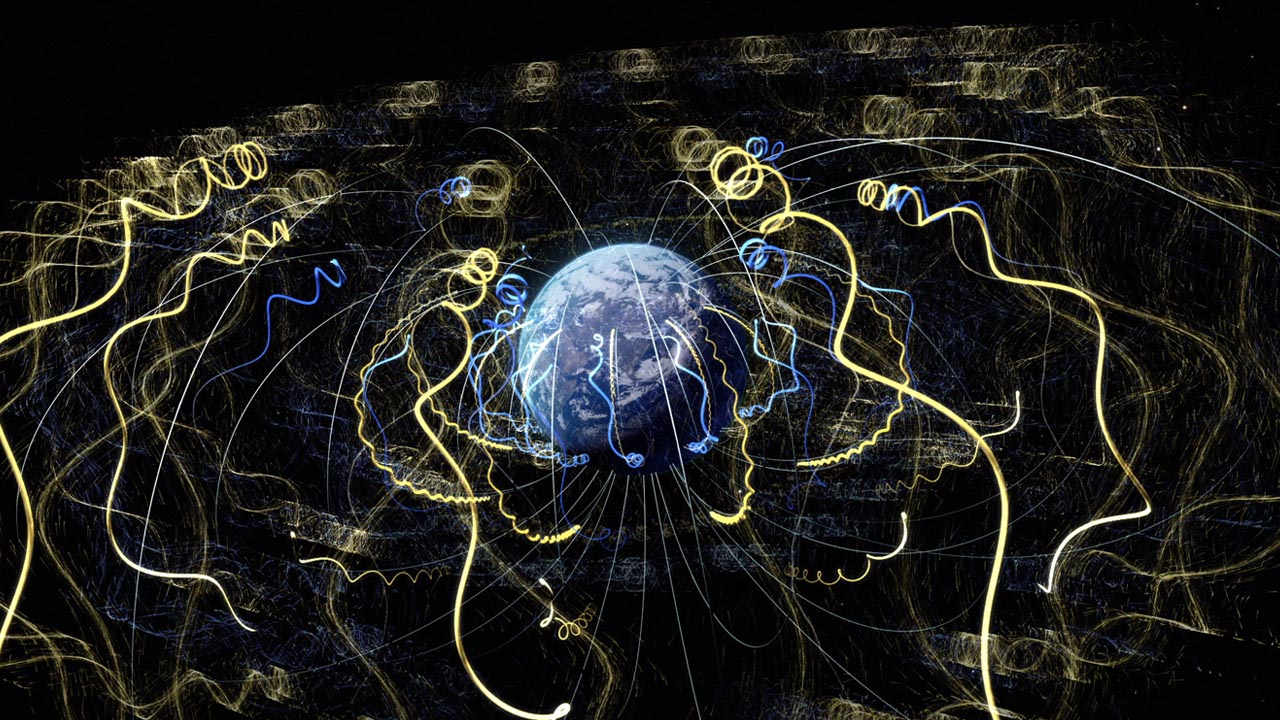
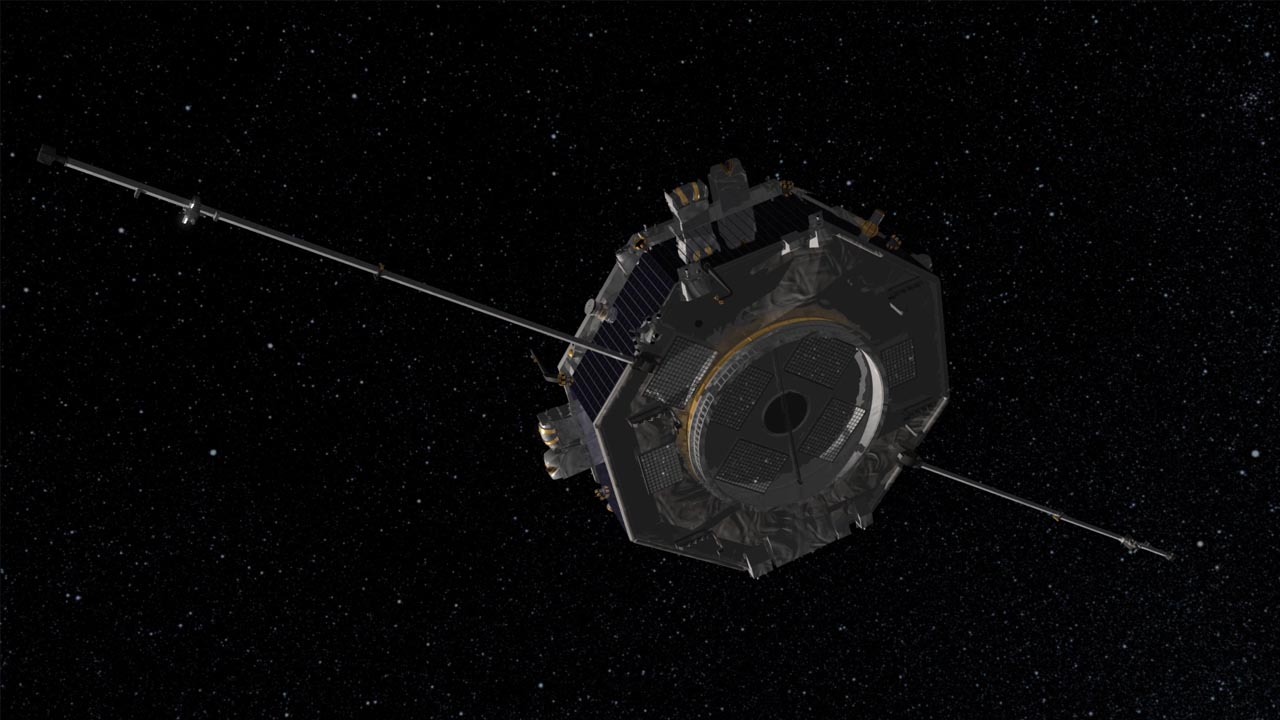
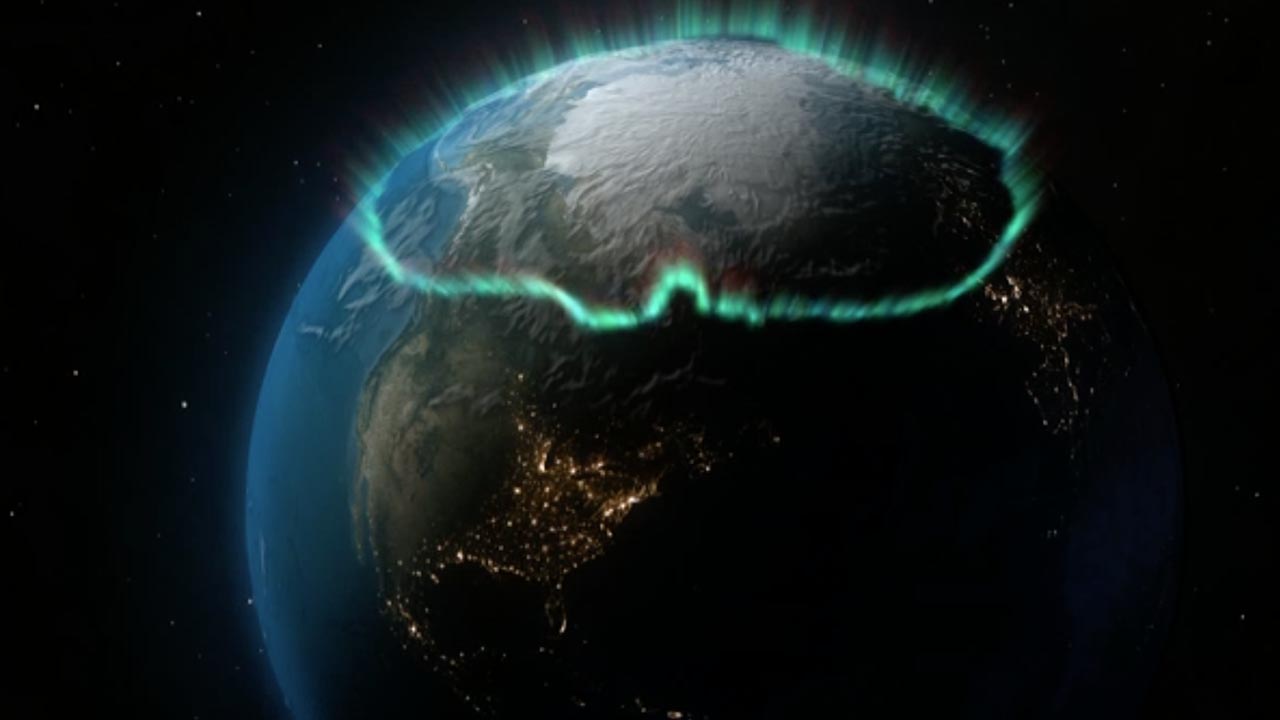
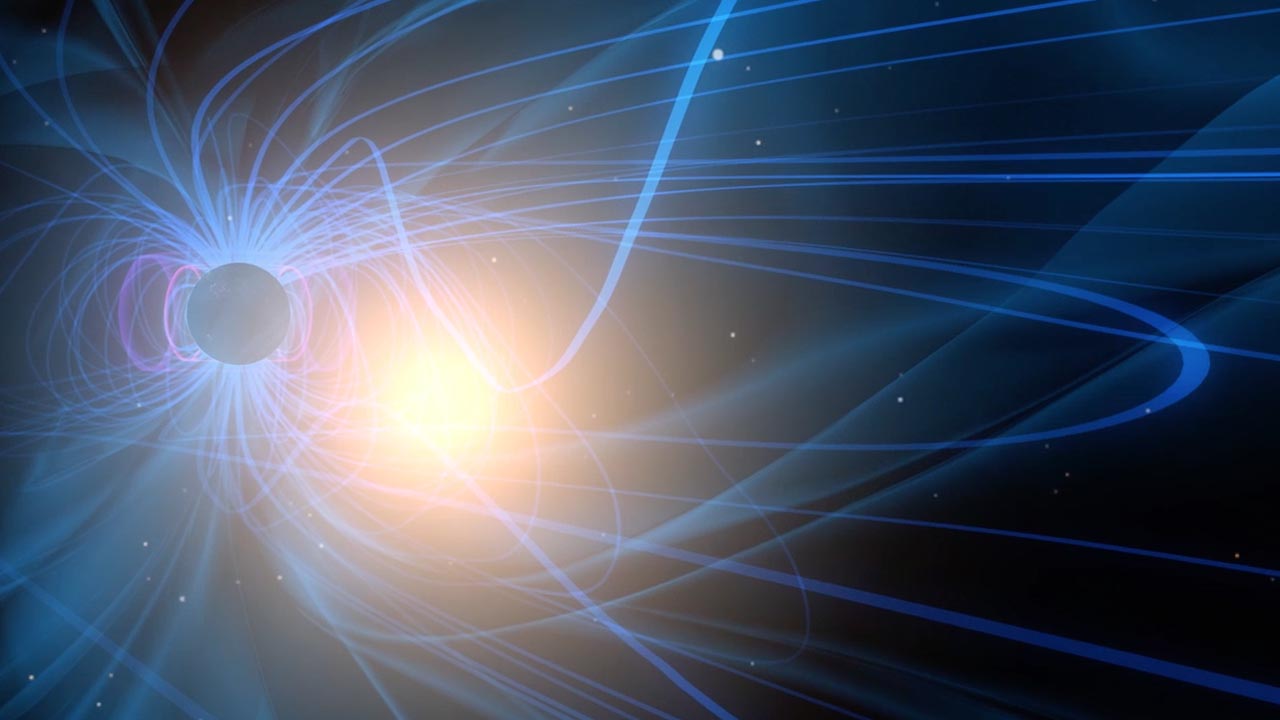
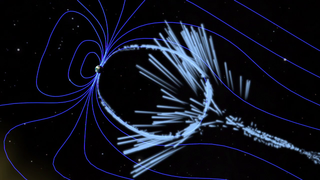
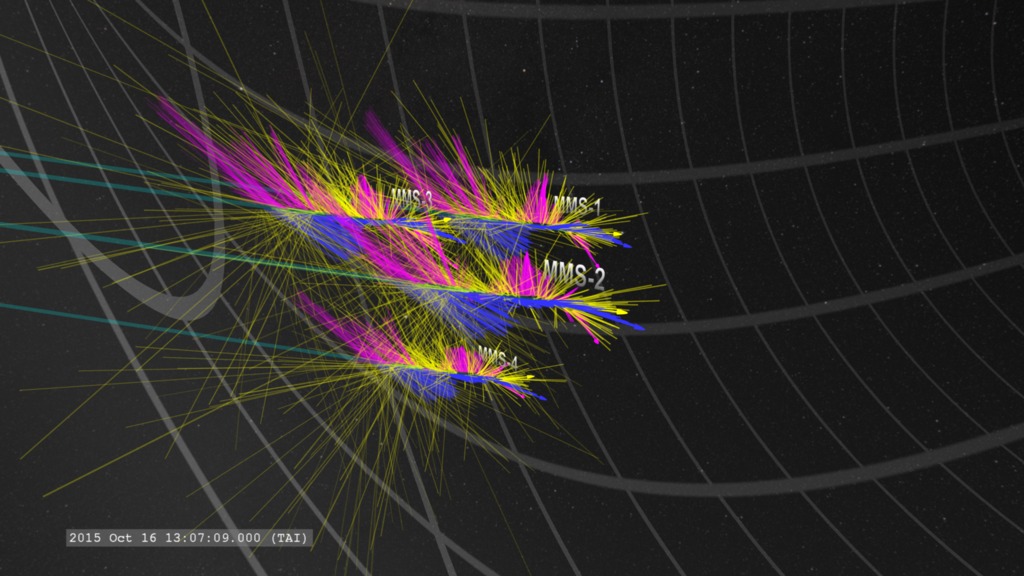
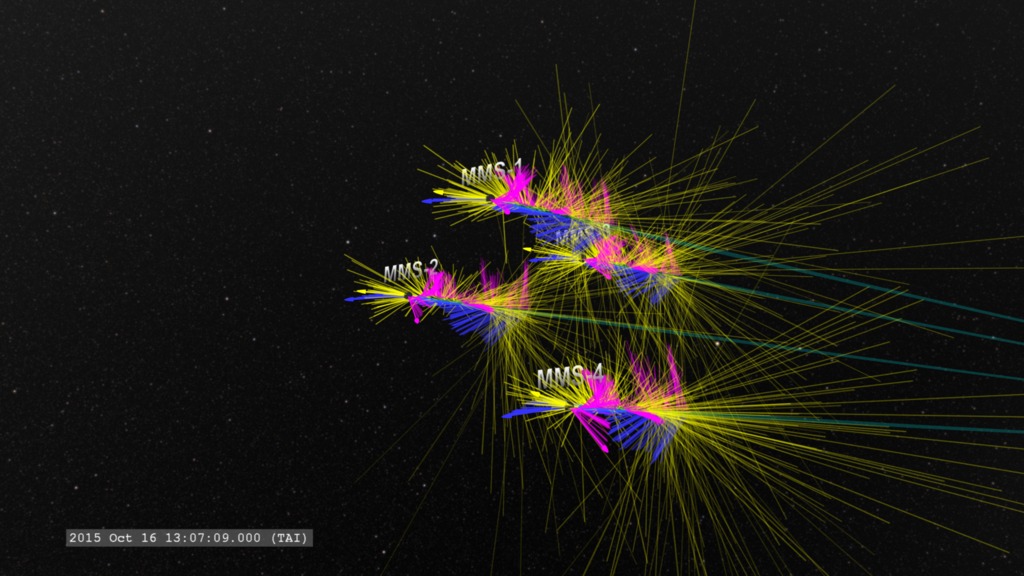

![Full Length VersionWatch this video on the NASA Goddard YouTube channel.Music Credit: “Harmony of Hope Instrumental” by Sam Connelly [PRS]; “Greatest Hopes Instrumental” by Matthias Ullrich [GEMA]; “Gathering Courage Instrumental” by Sam Connelly [PRS] via Universal Production MusicComplete transcript available.](/vis/a010000/a014500/a014534/14534_JoeWestlake_Thumb.png)
